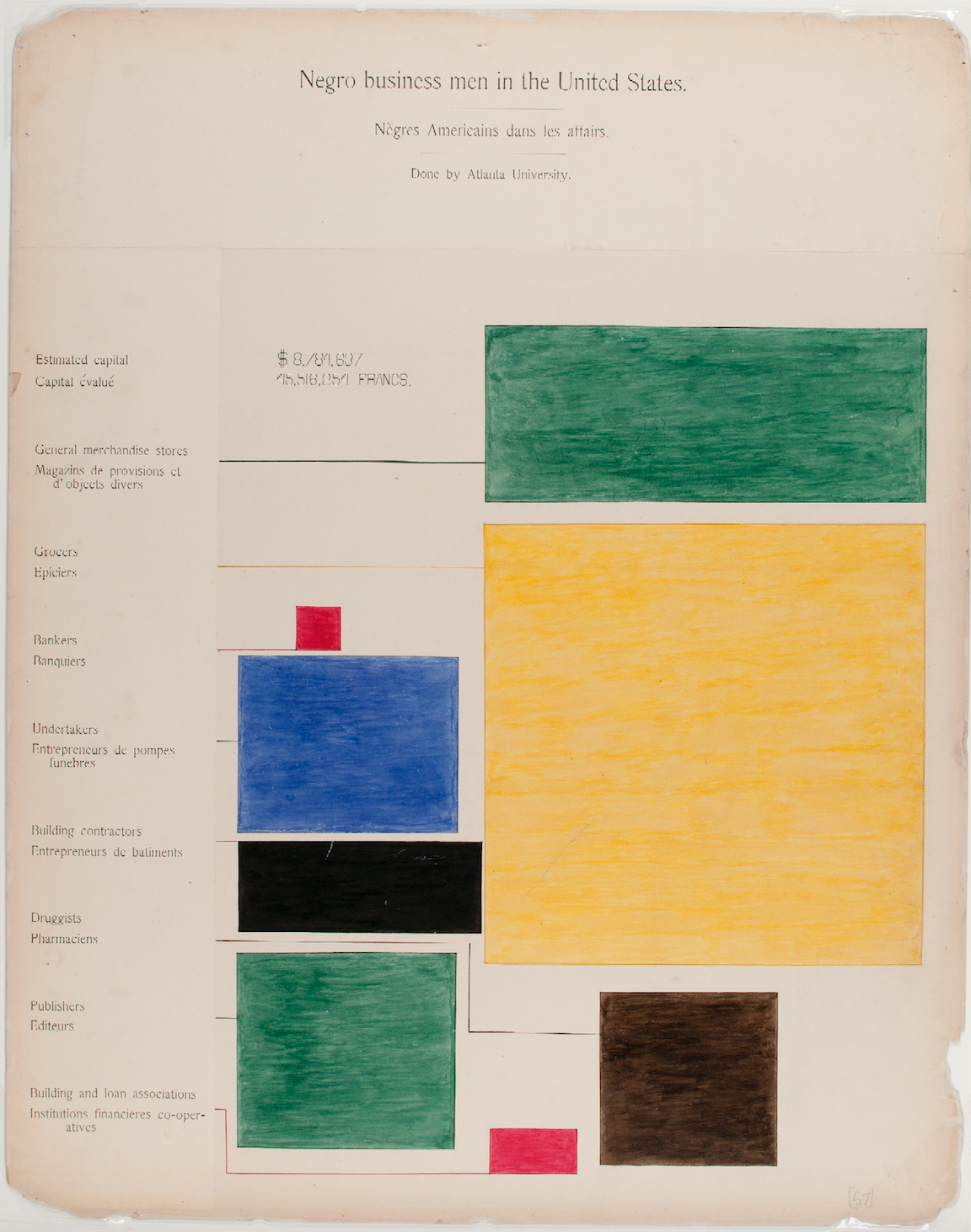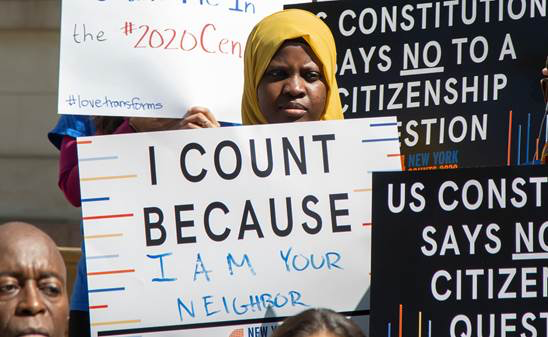A new multimedia exhibit on the importance of the census will open at the Museum of the City of New York Friday, Nov. 22.
“Who We Are: Visualizing NYC By The Numbers” will be filled with old maps, documents, info graphics and photographs relating to the census in order to help viewers decipher the importance the population count.
“We are presenting ‘Who We Are‘ as a way to highlight the importance of the upcoming census – including what’s at stake in terms of ensuring fair political representation and sufficient funding for education, infrastructure, and social programs,” said Whitney Donhauser, the Ronay Menschel Director and President of the Museum of the City of New York.

Some of the historical artifacts on display will include a reproduction of a page from the 1790 U.S. Federal Census for New York where Aaron Burr’s name and family information were taken down. The country first started taking the census that year. In addition to a 1970 photograph of Representative Shirley Chisholm being sworn in as a census worker and canvasser in Bed-Stuy.
In addition to artifacts, will feature art pieces including:
- Wage Islands (2019) — an interactive sculpture that addresses the economic inequities of New York City, in which geographic “islands” of affordability become less isolated and the landscape of the city more contiguous for those with higher incomes
- A Counting (2019) – listening station where participants can listen to people counting from Armenian to Yiddish by Ekene Ijeoma.
- A More Perfect Union: New York City (2019) — a map of the city of New York with each neighborhood represented by the most common word people use to describe themselves on dating site profiles by R. Luke Dubois.
- Simulated Dendrochronology of Immigration to New York City, 1840-2017 (2019) — that represents decades of immigrant arrivals as growing tree rings by Pedro Cruz, John Wihbey and Felipe Shibuya.
- Powers of Ten: Census Edition (2019) — a map that applies the narrative construct of exponential scaling to census data by Jia Zhang.
The exhibit will also feature a data visualization experiment by information designer Giorgia Lupi. Participants will be asked to take part in a survey made up of questions that “cut to the heart of our emotional and social conception of self.”
Once every 10 years, the federal government takes a count of every person and home within all 50 states, the District of Columbia, Puerto Rico, the U.S. Virgin Islands, Guam, American Samoa and the Commonwealth of the Northern Mariana Islands. The count then determines the number of seats each state will have in the U.S House of Representatives, where district lines are drawn and the distribution of $675 million worth of federal funds.
During the last census in 2010, the self-response rate for New York City residents was just shy of 62 percent, significantly lower than the national average of 76 percent. In 2020, every household will have the option of responding to the census by mail, e-mail or phone. Almost 95 percent of households set to receive a census questionnaire by mail, according to the United States Census Bureau.
“The census is critical to understanding the dynamics of a city that has hundreds of different ethnic, language, racial, and ancestry groups; it helps us encapsulate this understanding into a description of what our neighborhoods are like and how they are changing,” said Sarah Henry, chief curator and deputy director of Museum of the City of New York
“The data is more critical than ever because, the truth of the matter is, you can’t count if you’re not counted.”


















